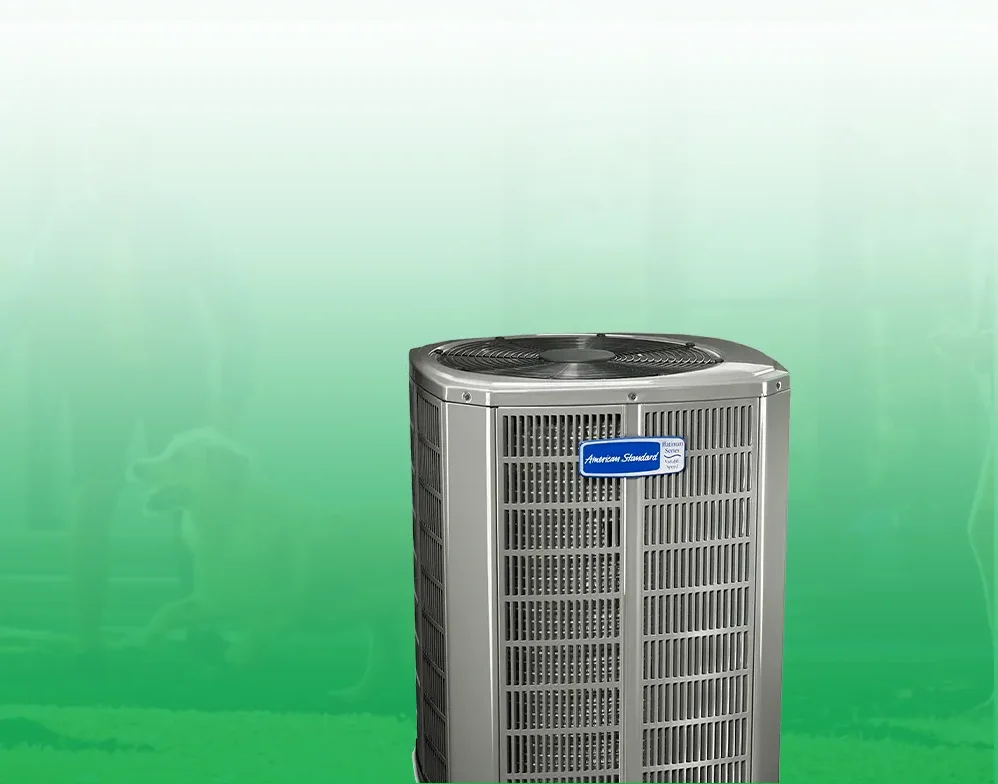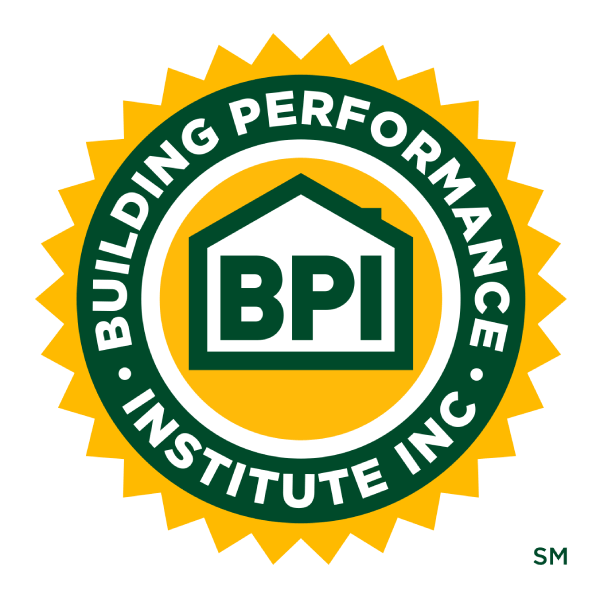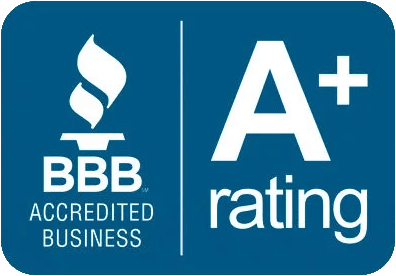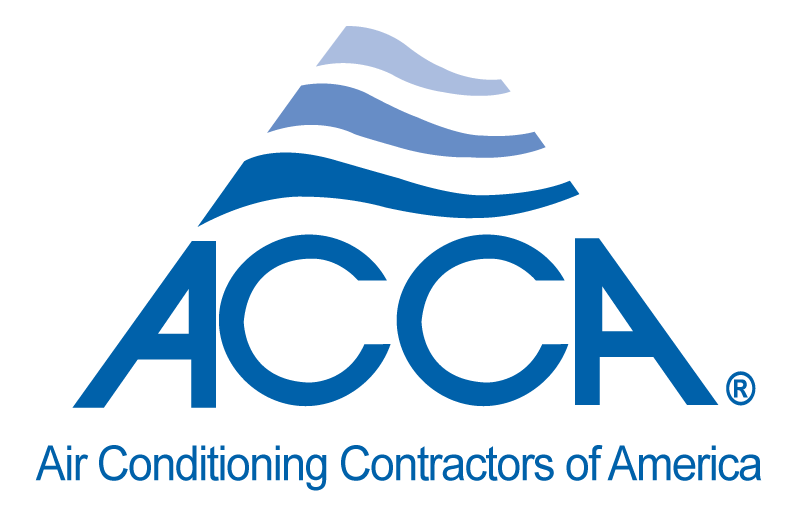Your air conditioning system does a lot more than just cool the air in your home. It also removes moisture from the air to maintain comfortable humidity levels. The moisture collected by the system is carried away through a small but vital component known as the condensate drain line. If this line becomes clogged, it can lead to various issues, from minor inconveniences to costly damage.
Knowing when your AC condensate drain line needs attention is crucial for keeping your system running smoothly. In this blog, we’ll explore the telltale signs your drain line may need to be flushed, why this maintenance is important, and what you can do about it.
1. Water Is Pooling Around Your Air Conditioner
One of the most obvious signs of a clogged condensate drain line is water pooling around your AC unit. When the drain line is blocked, the water that the system condenses has nowhere to go, so it backs up into the system or leaks around the base of the unit.
Here’s why this happens:
- Clogged Line: Dirt, dust, mold, or algae buildup inside the drain line can create a blockage.
- Overflow: With nowhere to drain, water overflows and gathers around the indoor unit or nearby areas.
What to Look For:
- Puddles or damp spots near the indoor unit.
- A water stain on the floor or walls near your AC.
Ignoring these signs can lead to more severe problems, like water damage to your home or mold growth. If you notice pooling water, it’s a clear signal that your AC’s condensate drain line needs immediate attention.
2. Your AC System Shuts Off Unexpectedly
A less visible but equally frustrating sign of a clogged condensate drain line is your AC shutting off unexpectedly. Modern air conditioning systems often have a safety switch designed to prevent overflow. If the condensate line becomes blocked, this switch will trigger to stop the system and prevent water damage.
Why This Happens:
- Blocked Drain Pan: When water cannot flow through the drain line, it accumulates in the drain pan until it overflows.
- Safety Mechanism: The float switch detects the rising water level and shuts off the system as a precaution.
Symptoms to Watch Out For:
- Your AC cycles on and off irregularly.
- The system stops cooling your home entirely without warning.
While the safety switch is a valuable feature, it also means that your AC won’t function until the problem is resolved. If your unit is shutting off frequently, it’s worth inspecting the condensate drain line for blockages.
3. Musty or Moldy Smells Coming From Your Vents
Unpleasant odors in your home could also point to a problem with your condensate drain line. When water backs up and sits in the drain line or pan, it creates a perfect environment for mold, mildew, and bacteria to thrive. As the AC blows air through the system, it picks up these foul smells and spreads them throughout your home.
What Causes the Smell:
- Stagnant Water: Blocked drain lines hold water, allowing mold and bacteria to grow.
- Airborne Contaminants: Mold spores and mildew odors are carried through the ducts and into your living spaces.
Signs to Look For:
- A persistent musty odor in the air.
- Stronger smells near the AC unit or vents.
If you notice this issue, flushing the drain line can often eliminate the source of the smell. However, if mold growth has spread beyond the line, a more thorough cleaning or duct inspection may be necessary.
4. Unexplained Increases in Humidity Levels
Your air conditioner doesn’t just cool the air—it also reduces indoor humidity. If you’ve noticed your home feeling more humid than usual, even with the AC running, the condensate drain line could be to blame.
Why Humidity Rises:
- Blocked Drain Line: Moisture that’s supposed to be carried away gets trapped, preventing the AC from effectively dehumidifying the air.
- Overloaded System: A clogged line forces the system to work harder, reducing its efficiency and ability to manage humidity.
What to Notice:
- A sticky or damp feeling in the air.
- Foggy windows or an increase in condensation on surfaces.
High humidity isn’t just uncomfortable—it can also promote mold growth, damage wood furniture, and create an unhealthy environment. Flushing the condensate line can restore your AC’s ability to properly dehumidify your home.
Why Flushing Your Condensate Drain Line Matters
Flushing your condensate drain line is an essential part of AC maintenance. Neglecting it can lead to:
- Water Damage: Leaks from a clogged drain line can damage floors, walls, and ceilings.
- Reduced Efficiency: A blocked line can make your AC work harder, increasing energy consumption and wear on the system.
- Costly Repairs: Left unchecked, clogged lines can cause compressor failure or other significant issues.
How to Flush the Drain Line
Flushing your condensate drain line can be a DIY task or a job for a professional. Here’s a simple guide if you’re comfortable handling it yourself:
- Turn Off the AC: Always power down the system before performing any maintenance.
- Locate the Drain Line: Typically found near the indoor unit, the drain line often has a T-shaped vent or cap.
- Clear the Line: Use a wet/dry vacuum or a specialized drain line cleaner to remove the blockage.
- Flush with Solution: Pour a mixture of vinegar and water or a commercial cleaning solution into the line to kill bacteria and prevent mold growth.
- Test the System: Turn the AC back on and check if the line drains properly.
If the problem persists or you’re unsure about handling it, a licensed HVAC technician can diagnose and resolve the issue safely and effectively.
Prevention Tips to Keep Your Drain Line Clear
Preventing clogs is always easier than dealing with them. Here are a few simple tips to keep your AC’s condensate drain line in good shape:
- Regular Maintenance: Schedule annual AC tune-ups with a professional to clean the system and check for potential issues.
- Monthly Inspections: Check the drain line for clogs or blockages and clean it if necessary.
- Install a Float Switch: This device shuts off the AC if the drain pan overflows, preventing damage.
- Use Algaecide Tablets: Place these in the drain pan to inhibit mold and algae growth.
Why Regular Maintenance Is Key
A clogged condensate drain line might seem like a minor issue, but it can escalate quickly if left unchecked. Regular maintenance can:
- Prevent water damage and costly repairs.
- Improve your system’s efficiency and lifespan.
- Maintain healthy indoor air quality by reducing mold and bacteria growth.
How to Flush Your AC Condensate Drain Line
If you’re a DIY enthusiast, flushing your condensate drain line can be a straightforward task. Here’s how you can do it:
- Turn Off the AC Power: Safety first! Shut down the power to your unit to avoid accidents.
- Locate the Drain Line: Find the PVC pipe near your indoor AC unit. It typically runs to the outside of your home.
- Check for Clogs: Use a flashlight to inspect the line for visible blockages. A wet/dry vacuum can be used to suction out debris.
- Flush with Cleaning Solution: Mix a solution of equal parts water and vinegar or use a specialized AC drain cleaner. Pour it into the line to dissolve algae, mold, or buildup.
- Test the Drainage: Run your AC to ensure water flows freely through the line.
If the clog persists or you’re unsure about tackling the issue yourself, call a professional HVAC technician to handle the job.
Protect Your Home and AC System
Your AC’s condensate drain line may be a small component, but it plays a significant role in keeping your system running efficiently and your home comfortable. Recognizing the signs of a clogged line—like pooling water, musty smells, or rising humidity—can save you from bigger problems down the road.
At Horne Heating and Air Conditioning Inc., we understand the importance of keeping your AC system in top shape. A clogged condensate drain line can lead to water damage, increased humidity, and higher energy bills. Our team of experts is here to provide professional maintenance and drain line flushing to keep your home cool and comfortable.
Don’t let a minor issue turn into a major problem. Contact us today to schedule your AC service and enjoy peace of mind all season long!
















